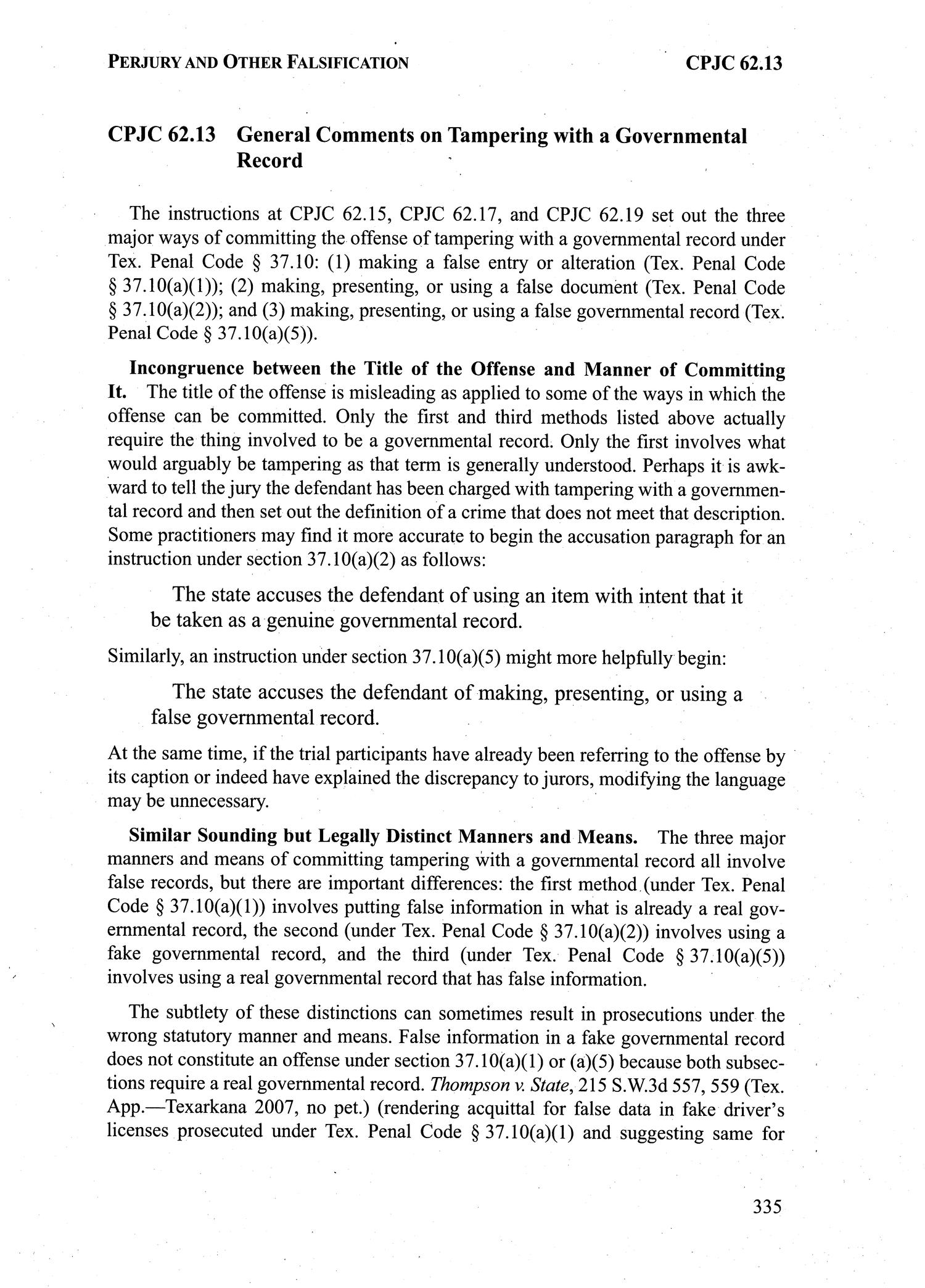Next-Generation XR: AI Integration And The Emerging Market Battle

Table of Contents
AI-Powered Enhancements Driving Next-Generation XR
AI is no longer a futuristic concept in XR; it's the driving force behind the next wave of innovation. Its integration is dramatically improving the realism, personalization, and interactivity of XR experiences.
Advanced AI for Realistic Rendering and Simulation
Machine learning is revolutionizing how we create and experience virtual worlds.
- Improved graphics and physics engines: AI algorithms are optimizing rendering pipelines, creating more realistic lighting, shadows, and textures in real-time. Physics engines are becoming more sophisticated, allowing for more accurate simulations of objects and environments.
- Real-time environment generation and object recognition: AI can generate complex and varied environments on the fly, adapting to user actions and creating truly dynamic experiences. Object recognition allows for seamless interaction with virtual objects.
- Hyperrealistic avatars and interactions: AI is enabling the creation of incredibly lifelike avatars with realistic movements, expressions, and behaviors. Interactions with these avatars feel more natural and engaging.
- Examples: AI-powered photogrammetry is transforming how we create 3D models from real-world objects, dramatically reducing the time and cost of asset creation. Games are leveraging AI to create realistic virtual characters with complex behaviors, leading to richer and more immersive gameplay.
AI-Driven Personalization and User Experience
Next-generation XR is moving beyond generic experiences. AI is enabling personalization at an unprecedented level.
- Adaptive user interfaces: AI can adapt the user interface in real-time based on user preferences and skill levels, ensuring a more intuitive and enjoyable experience.
- Personalized content recommendations: AI algorithms can analyze user behavior and preferences to suggest relevant content within XR applications, maximizing engagement and value.
- AI-powered emotion recognition: By analyzing facial expressions and other biometrics, AI can detect user emotions and adjust the experience accordingly, creating more empathetic and responsive interactions.
- Examples: AI-powered fitness training in VR can adapt workouts based on the user's fitness level and progress, providing personalized guidance and motivation. Adaptive learning environments in AR can tailor educational content to individual student needs, optimizing learning outcomes.
AI for Enhanced Interaction and Control
AI is making XR more intuitive and natural to use.
- Natural Language Processing (NLP): Voice commands are becoming increasingly sophisticated, allowing users to control XR applications using natural language.
- Gesture and gaze tracking: AI-powered gesture and gaze tracking allow for hands-free and intuitive interaction with virtual objects and environments.
- AI-powered predictive analytics: By anticipating user needs, AI can streamline interactions and provide proactive assistance, improving the overall user experience.
- Examples: Hands-free navigation in AR applications allows users to explore their environment without constantly fiddling with controllers. Voice commands enable users to manipulate virtual objects and interact with digital assistants in a more natural way.
Key Players and the Emerging Market Battle in Next-Generation XR
The next-generation XR market is a battleground of giants and ambitious startups.
Tech Giants and Their XR Strategies
Major tech companies are investing heavily in XR, each with its own unique strategy.
- Meta (formerly Facebook): Meta is heavily invested in the metaverse and is developing both hardware and software for VR and AR experiences. Their focus is on creating a cohesive and interconnected virtual world.
- Apple: While remaining relatively quiet, Apple is rumored to be working on its own AR headset, promising to integrate its ecosystem seamlessly with this new technology.
- Google: Google is focusing on AR, particularly through its ARCore platform, and is exploring ways to integrate AR into everyday life.
- Microsoft: Microsoft's focus is on enterprise applications of XR, particularly in areas like training and collaboration. Their HoloLens headset is a key component of their strategy.
The Rise of Specialized XR Startups
Numerous startups are innovating in specific niches within the XR market.
- Many specialize in AI-powered training simulations for industries like healthcare, manufacturing, and aviation. These simulations provide immersive and realistic training environments, improving employee skills and safety.
- Others focus on AR solutions for medical procedures, providing surgeons with real-time data overlays and guidance during complex operations.
- These smaller companies offer specialized expertise and agility, allowing them to quickly adapt to market changes and customer needs. However, they face the significant challenge of competing with the immense resources of the tech giants.
Market Segmentation and Growth Potential
The next-generation XR market is rapidly expanding.
- The market is segmented across various sectors, including gaming, healthcare, education, enterprise, and entertainment. Gaming currently dominates, but other segments show significant growth potential.
- Factors driving market growth include the decreasing cost of XR hardware, advancements in AI and other related technologies, and increasing consumer adoption.
- However, challenges remain, including the need for improved user interfaces, content creation, and addressing concerns around data privacy and security.
The Future of Next-Generation XR and the Impact of AI
The future of XR is bright, with AI playing a pivotal role in shaping its trajectory.
Emerging Trends and Technologies
Several emerging technologies will further define the future of XR.
- Haptics: Advancements in haptic technology will make XR interactions more realistic and immersive by providing users with a sense of touch.
- Spatial computing: This will allow XR applications to better understand and interact with the real world, creating more seamless and integrated experiences.
- Brain-computer interfaces (BCIs): BCIs have the potential to revolutionize XR by enabling direct brain-computer interaction, creating truly immersive and intuitive experiences.
- The Metaverse: The convergence of XR with the metaverse promises to create persistent and shared virtual worlds that will fundamentally change how we interact and experience the digital world.
- Ethical implications: The growing sophistication of AI in XR raises significant ethical concerns, particularly around data privacy, algorithmic bias, and the potential for misuse.
Challenges and Opportunities
Realizing the full potential of next-generation XR presents both challenges and opportunities.
- Data privacy and security: Protecting user data in AI-powered XR applications is crucial. Robust security measures are essential to mitigate risks and build user trust.
- Accessibility: Making XR technology accessible to a wider range of users, including those with disabilities, requires careful consideration of design and implementation.
- Cost-effectiveness: Scaling AI-powered XR technologies and making them cost-effective for widespread adoption requires innovation and efficient development processes.
- Collaboration and innovation: Collaboration between tech giants, startups, researchers, and policymakers is crucial to unlock the full potential of next-generation XR.
Conclusion:
The integration of AI is revolutionizing the extended reality landscape, creating truly immersive and personalized experiences. Next-generation XR represents a massive opportunity, fueling a competitive market battle among tech giants and innovative startups. Understanding the key technological advancements, market dynamics, and potential challenges is crucial for navigating this rapidly evolving space. Stay informed about the latest developments in next-generation XR and its transformative impact on various industries. Explore the potential of AI integration in XR to unlock new possibilities and participate in shaping the future of immersive technologies. Don't miss out on the extended reality market battle – learn more and invest wisely in the future of XR.

Featured Posts
-
 Hannover 96 Verpflichtet Jannes Horn Der Wechsel Vom Rivalen Braunschweig
May 13, 2025
Hannover 96 Verpflichtet Jannes Horn Der Wechsel Vom Rivalen Braunschweig
May 13, 2025 -
 10 Aktori Koito Sa Spasili Khora Geroichni Istorii I Snimki
May 13, 2025
10 Aktori Koito Sa Spasili Khora Geroichni Istorii I Snimki
May 13, 2025 -
 2025 Cubs Heroes And Goats Game 25 Recap
May 13, 2025
2025 Cubs Heroes And Goats Game 25 Recap
May 13, 2025 -
 Denmark Selects Sissal For Eurovision 2025
May 13, 2025
Denmark Selects Sissal For Eurovision 2025
May 13, 2025 -
 Texas Attorney General Demands Plano Isd Release Epic City Documents
May 13, 2025
Texas Attorney General Demands Plano Isd Release Epic City Documents
May 13, 2025
